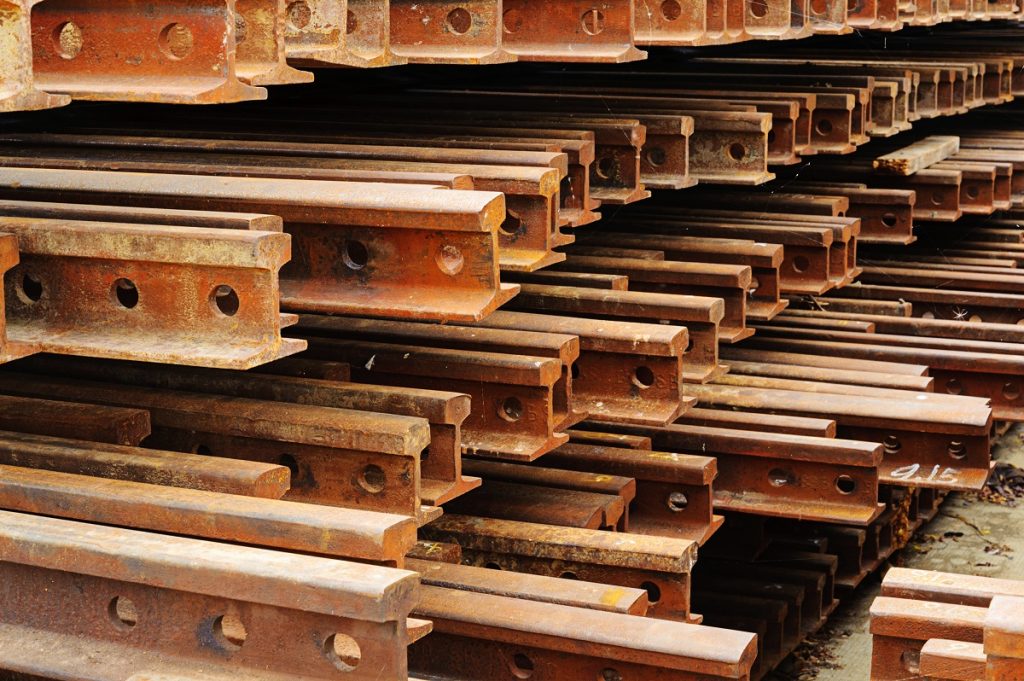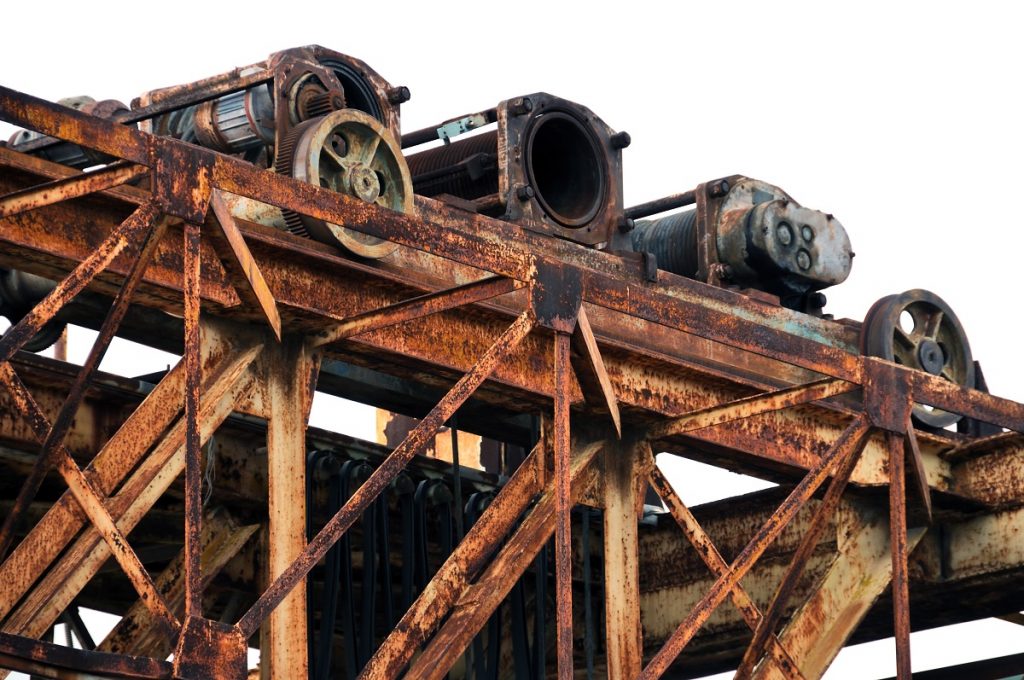Rust can cost massive problems in various industries. It’s known to knock down bridges and can even endanger the lives of thousands. NCH Europe also says that it has shut down the most massive pipelines and caused the fuselage of a commercial plan to be torn apart mid-flight.
How rust damages product lifespan
Rust weakens the composition of metal by reducing its mass. If left untreated, the metal will no longer be able to support the weight that it’s supposed to hold. The metal becomes brittle, which can endanger the safety of any project and its users.
For several industrial countries, the cost of resolving the problems caused by corrosion is at least 3.4–4.5% of their gross domestic product. Although rust commonly occurs in metal, neglecting to manage it can result in damages that can be quite expensive to repair.
How rust starts to form
Rust comes in various forms. But of all its variations, corrosion commonly happens due to any of these three factors: packaging related, environmental, and process-related.
There are specific processes that can contribute to corrosion buildup. The metal fabrication process, such as heat treating or cold working, can cause corrosion to form. Because of this, it’s crucial to regulate all products to prevent any rust from forming.
Even the types of packaging used can also contribute to rust formation. Certain types of materials, such as non-treated and corrugated paper have acidic components that tend to store moisture. Once the metal gets exposed to it, there’s a high probability that it may cause rust to form.
Types of rust

- Red Rust. This happens when the metal gets heavily exposed to air and moisture, which contains a contaminant. Experts say that this type of rust is atmospheric since there are usually no signs of streaks on the metal part where the rust appears.
You’ll often see red rust as uniform corrosion, which is often a result of getting exposed to a highly corrosive environment. Any type of metal used in a typical high-pressure water pump (piston type) can be prone to red rust. - Yellow Rust. It is barely noticeable in recessed areas of the metal where the rust runs. It’s often caused by exposure to very high moisture content. You can find in settings where there is standing water present in the area.
- Brown Rust. Brown rust appears drier compared to yellow and red rust. Like red rust, it’s likely atmospheric because it often forms when there’s a high level of water and oxygen in the atmosphere. However, you can often find this type of rust in specific areas rather than on the entire surface.
- Black Rust. This is easily distinguishable because of its thin, black, stain-like appearance. This condition is a result of oxidation in areas where there is low oxygen. But unlike the rest of the other types of rust, it’s more stable and doesn’t propagate rapidly.
Corrosion can profoundly affect any project if not resolved immediately. So, once you see any rust in any of your projects, spend time to check it directly. Doing so will not only save you money but will also ensure that your project will remain stable.
